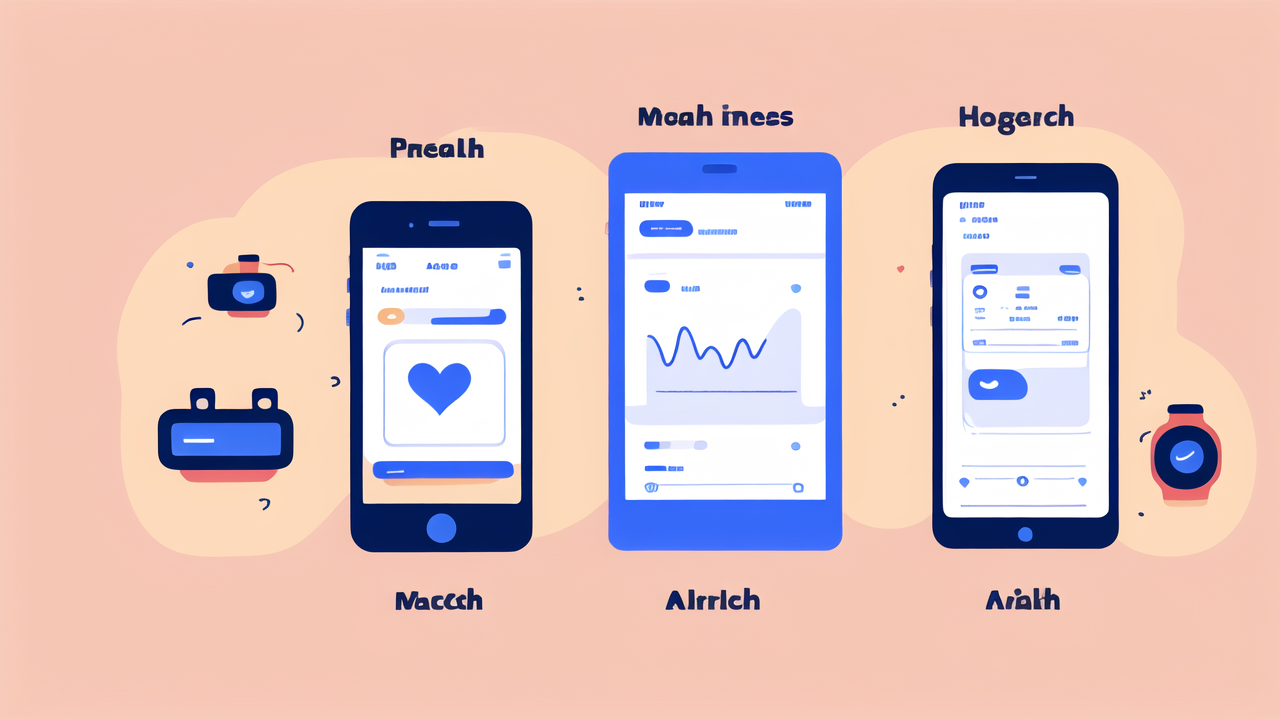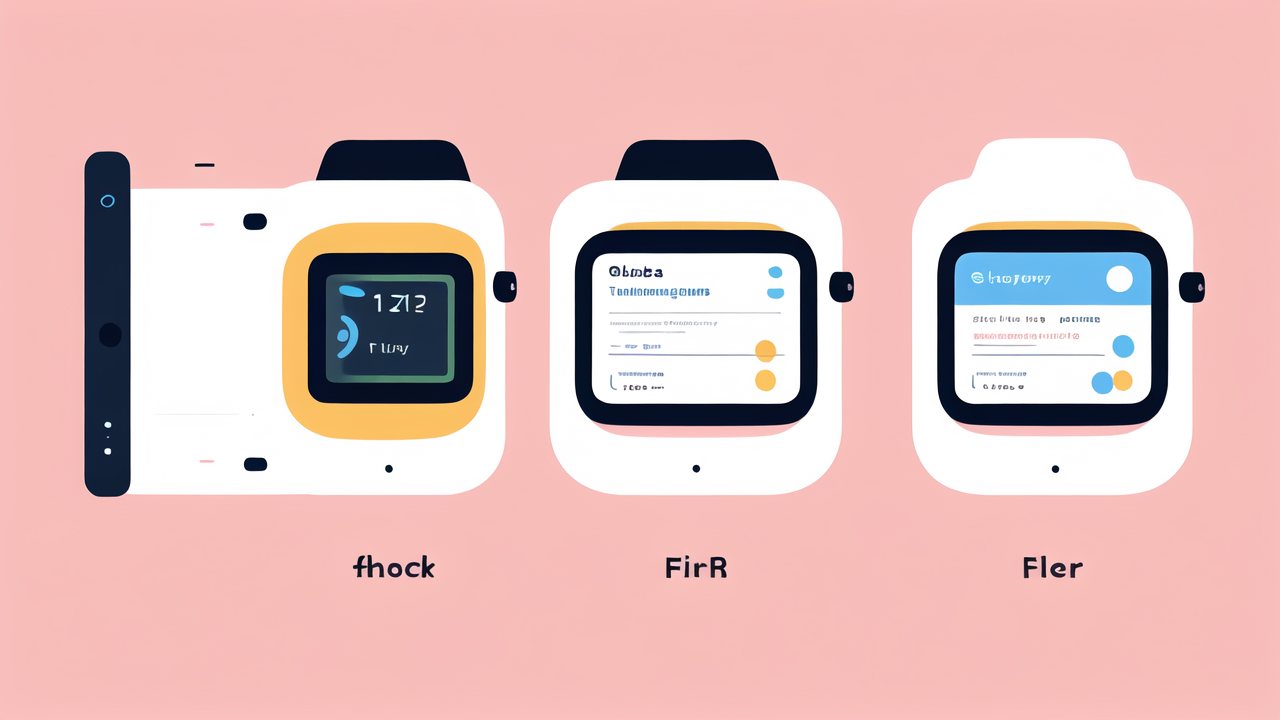The History of Wearable Technology in the United States
The Advent of Fila Watches and the Digital Transformation
Fila watches marked the beginning of a new era in wearable tech. They were among the first to blend style with function. These watches did more than tell time. They became fashion statements. As digital tech advanced, so did the capabilities of wearables. The shift from analog to digital was a game-changer. It paved the way for more complex functions. Early digital watches could store phone numbers and do basic math. This was just the start of the wearable tech revolution.

Wearable Tech Milestones: A Timeline
- 1975: Pulsar introduces the first electronic digital watch
- 1983: Seiko launches the TV Watch
- 1994: The first GPS wristwatch hits the market
- 2004: Fitbit is founded, focusing on fitness tracking
- 2009: Fitbit releases its first wearable device
- 2012: Google announces Google Glass
- 2014: Apple unveils the Apple Watch
- 2019: Smart rings gain popularity for health tracking
This timeline shows the rapid progress of wearable tech. Each milestone brought new features and uses. The focus shifted from basic timekeeping to advanced health monitoring. Wearables became more than accessories. They turned into powerful tools for daily life.
The Evolution of Fitness Wearables: From Heart Rate Monitors to Smartwatches
Fitness wearables have come a long way. They started as simple heart rate monitors. These devices strapped to the chest and tracked only one metric. Today's smartwatches do much more. They count steps, track sleep, and measure stress levels. Some can even detect falls or irregular heart rhythms. The evolution has been driven by user needs. People want more data about their health and fitness. Smartwatches now offer a complete picture of one's well-being. They sync with phones and apps to provide detailed insights.
Current Trends in Smartwatch Adoption
The Rise of Wearable Tech in Health and Wellness
Wearable tech has found a strong foothold in health and wellness. More people are using smartwatches to monitor their health. These devices can track daily activity, sleep patterns, and heart rates. Some even measure blood oxygen levels. This data helps users make informed decisions about their lifestyle. Doctors are also embracing this tech. They use patient data from wearables to provide better care. Insurance companies offer incentives for using health trackers. This trend is making preventive healthcare more accessible.

Innovative Features That Define Top Smartwatches Today
Today's smartwatches are packed with innovative features. They go beyond basic fitness tracking. Here are some standout features:
- ECG monitoring for heart health
- Fall detection and emergency SOS
- Built-in GPS for accurate location tracking
- Mobile payments via NFC
- Voice assistants for hands-free control
- Cellular connectivity for independence from smartphones
- Customizable watch faces for personalization
- Water resistance for swimming and diving
These features make smartwatches powerful tools for daily life. They offer convenience, safety, and health insights all in one device.
The Role of AI and Machine Learning in Wearable Devices
AI and machine learning are revolutionizing wearable tech. These technologies make devices smarter and more useful. AI can analyze data patterns to predict health issues. It can suggest personalized fitness plans based on user habits. Machine learning helps devices recognize activities more accurately. It can distinguish between different types of workouts. AI also powers voice assistants in smartwatches. This allows for natural language interactions. As these technologies advance, wearables will become even more intelligent and helpful.
The Future of Wearable Technology
Anticipating Changes in Consumer Preferences
Consumer preferences for wearables are evolving. People want devices that are more than just gadgets. They seek wearables that seamlessly integrate into their lives. Future trends may include:

- Longer battery life and faster charging
- More focus on mental health tracking
- Greater emphasis on data privacy and security
- Sleeker, more fashion-forward designs
- Improved integration with smart home devices
- Enhanced accessibility features for all users
These changes will shape the next generation of wearables. Manufacturers will need to adapt to meet these new demands.
The Integration of Virtual Reality and Augmented Reality in Wearables
VR and AR are set to transform wearable tech. Smart glasses may soon replace smartphones. They could project information directly into our field of vision. This could revolutionize navigation, shopping, and entertainment. VR headsets might become more compact and wearable. They could offer immersive experiences on the go. AR in smartwatches could provide contextual information about our surroundings. These technologies will blur the line between digital and physical worlds.
Regulatory Considerations for Wearable Tech Manufacturers
As wearables become more advanced, regulations will need to keep pace. Key areas of focus include:
- Data privacy and security standards
- Health claim accuracy and validation
- Electromagnetic radiation safety
- Accessibility requirements for diverse users
- Battery safety and disposal guidelines
- Interoperability standards for healthcare systems
Manufacturers must navigate these regulations carefully. They need to balance innovation with compliance. This will ensure that wearable tech remains safe and beneficial for all users.




Leave a comment
This site is protected by hCaptcha and the hCaptcha Privacy Policy and Terms of Service apply.